Introduction: More Than Just Filling a Bowl
Feeding your dog isn’t just about scooping kibble into a bowl—it’s about love, care, and making sure they get the right nutrients to live their best life. Just like us, dogs need a well-balanced diet to keep them active, maintain a healthy weight, and prevent future health issues. But with so many food choices, conflicting advice, and trendy diets, how do you know what’s actually best for your furry friend?
If you’ve ever found yourself standing in the pet food aisle overwhelmed by ingredient lists and fancy labels, you’re not alone. This guide will break down everything you need to know about feeding your dog—what to feed, how much, how often, and common mistakes to avoid.
Let’s dive in and make mealtime a happy and healthy experience for your pup!
1. What Do Dogs Really Need in Their Diet?
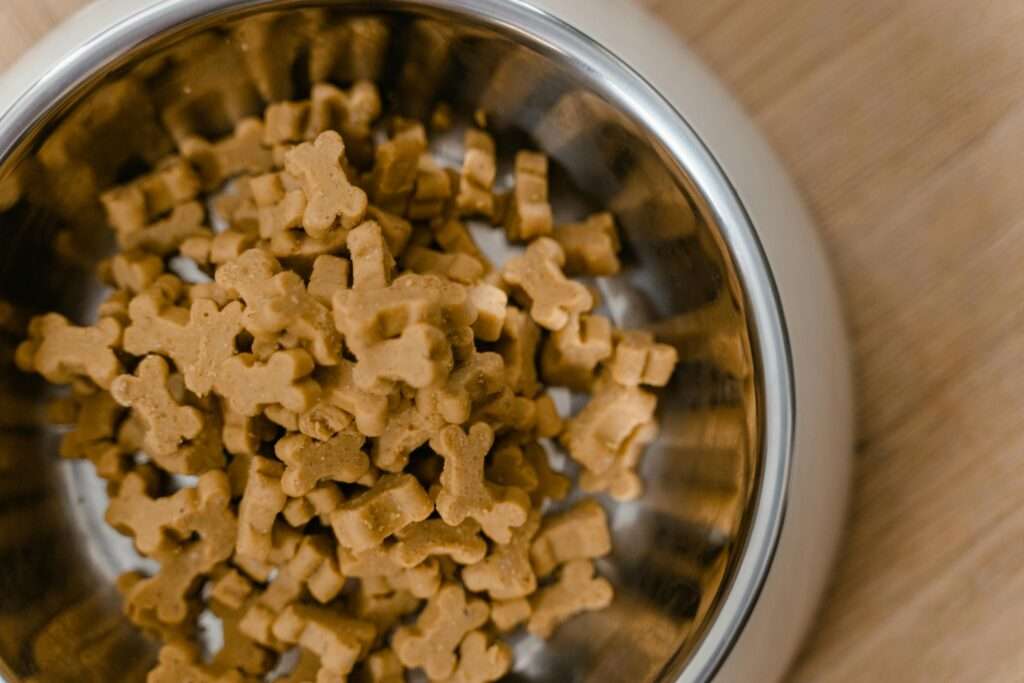
Dogs may be our best friends, but their nutritional needs are very different from ours. A proper diet should include:
🐶 Protein—The building block of strong muscles. Look for real meat sources like chicken, beef, fish, turkey, or lamb.
🥑 Healthy Fats—Essential for energy and a shiny coat. Omega-3 and Omega-6 fatty acids (found in fish oil and flaxseed) are great for skin and coat health.
🥕 Carbohydrates—Provide energy and fiber. Brown rice, sweet potatoes, and oats are good options.
💊 Vitamins & Minerals—Support bone health, digestion, and immune function. These come from natural ingredients or are added to commercial foods.
🚰 Water—The most overlooked but most important nutrient. Dogs should always have access to fresh water.
💡 Fact: Despite popular belief, dogs are not true carnivores like cats. They thrive on a balanced mix of animal and plant-based nutrients.
2. Choosing the Right Food: Kibble, Wet, Raw, or Homemade?
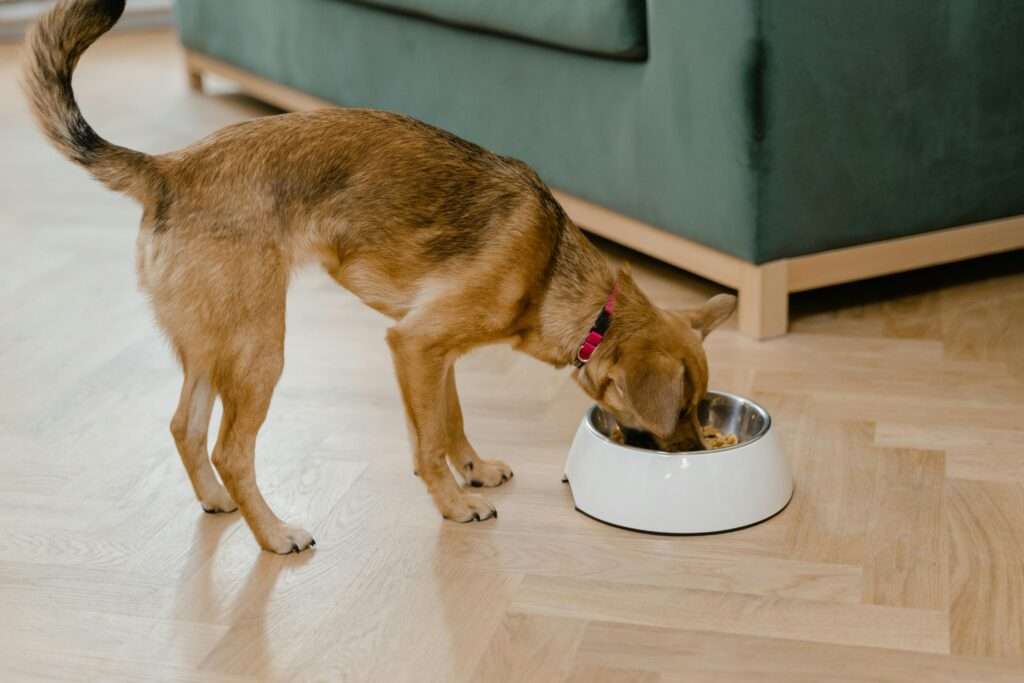
With so many dog food options available, it can be confusing to know which one is best. Here’s a breakdown of the most common types:
🦴 Dry Kibble (Most Popular & Convenient)
✔ Affordable and easy to store
✔ Helps keep teeth clean by reducing tartar buildup
✔ Balanced nutrition in every bite
❌ Some brands use fillers like corn and soy that have little nutritional value
❌ May not be as palatable for picky eaters
🍗 Wet (Canned) Food (Tasty & Hydrating)
✔ Higher moisture content (good for hydration)
✔ Tends to be more appealing for picky eaters
✔ Often contains fewer preservatives
❌ More expensive than kibble
❌ Can lead to dental issues if not balanced with dry food or dental treats
🥩 Raw Diet (Natural, But Controversial)
✔ Mimics what dogs’ ancestors ate in the wild
✔ Can lead to shinier coats, more energy, and smaller stools
✔ Often recommended by holistic vets
❌ Risk of bacterial contamination (both for dogs and humans)
❌ Nutritionally unbalanced if not done properly
❌ Not suitable for all dogs (e.g., puppies, seniors, dogs with weak immune systems)
🍲 Homemade Dog Food (Control Over Ingredients)
✔ Allows you to use high-quality, fresh ingredients
✔ Ideal for dogs with allergies or specific dietary needs
❌ Requires careful meal planning to ensure proper nutrients
❌ Time-consuming and can be expensive
💡 Tip: If you’re switching your dog to a homemade or raw diet, consult a vet or a canine nutritionist to ensure it’s well-balanced.
3. How Much & How Often Should You Feed Your Dog?
Portion control is crucial to keeping your dog at a healthy weight. Overfeeding can lead to obesity, while underfeeding can cause malnutrition.
Here’s a general feeding guide based on age and weight:
🍼 Puppies (Up to 6 Months)
🐾 Need 3-4 small meals per day
🐾 Require extra protein and fat for growth
🐾 Portion sizes depend on breed size
🐶 Adult Dogs (1-7 Years)
🐾 Usually eat twice a day
🐾 Active breeds may need more calories
🐾 Check your dog’s weight regularly and adjust portions as needed
🦴 Senior Dogs (7+ Years)
🐾 May need fewer calories to prevent weight gain
🐾 Softer food may be necessary for dental issues
🐾 Consider joint supplements for aging joints
How to Tell If You’re Feeding the Right Amount
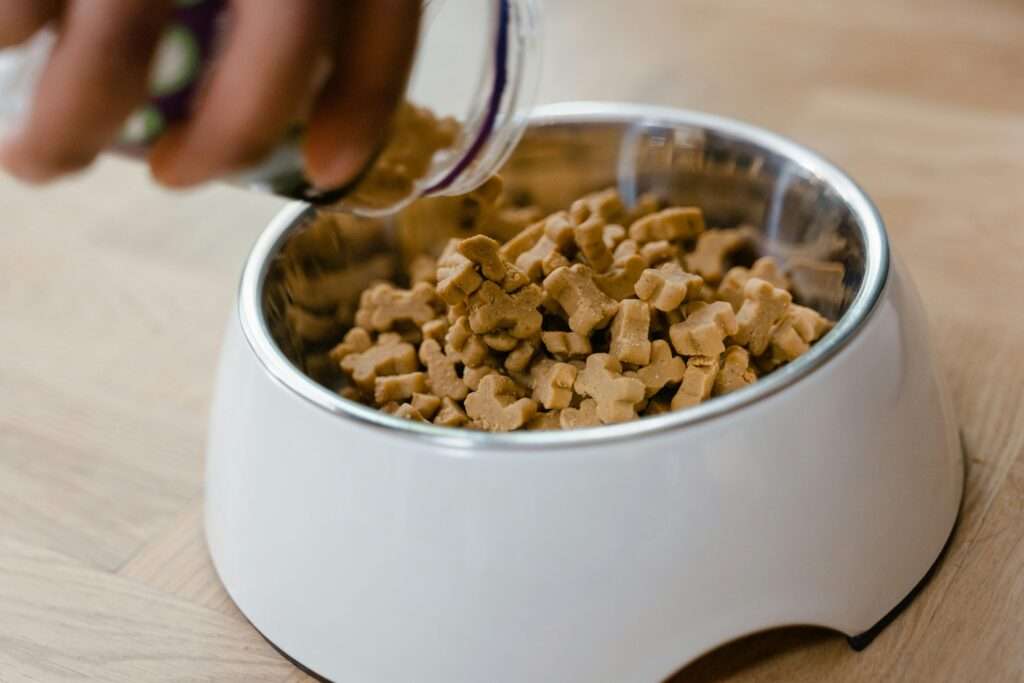
✅ You should be able to feel (but not see) your dog’s ribs.
✅ A defined waistline is a good sign of a healthy weight.
✅ If your dog is begging all the time, it might be out of habit—not hunger!
💡 Tip: Always follow the portion guide on your dog food packaging, but adjust based on your dog’s activity level and metabolism.
4. The Biggest Feeding Mistakes to Avoid
🚫 Overfeeding—Just because your dog wants more food doesn’t mean they need it.
🚫 Feeding Too Many Human Foods—Some are safe (like plain chicken or carrots), but others (like chocolate, grapes, and onions) can be toxic.
🚫 Ignoring Hydration—Dehydration can cause serious health problems. Always have fresh water available.
🚫 Sudden Diet Changes—Changing food too fast can upset your dog’s stomach. Always transition slowly over 7-10 days.
🚫 Skipping Meals or Free-Feeding—Free-feeding (leaving food out all day) can lead to weight gain and picky eating habits.
5. Special Diets & Health Considerations
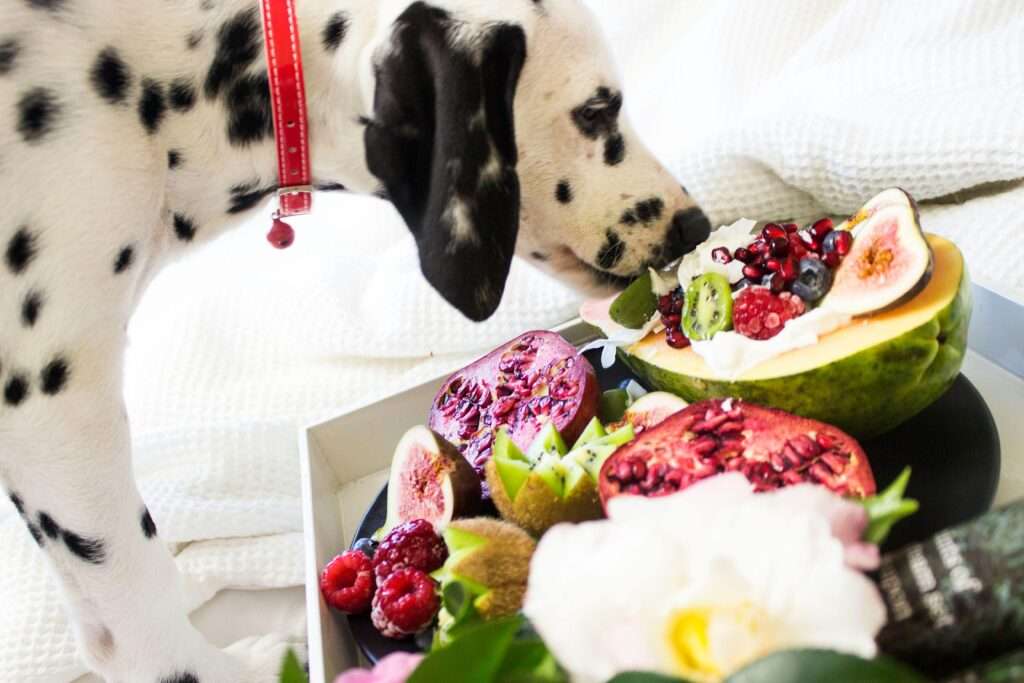
🐾 Dogs with Allergies – Some dogs are sensitive to grains, chicken, or dairy. If your dog has itchy skin, frequent ear infections, or digestive issues, consider a limited-ingredient diet.
🐾 Senior Dogs—Need lower-calorie food with added joint support (like glucosamine and chondroitin).
🐾 Active & Working Dogs—Require higher protein and fat for energy.
🐾 Overweight Dogs—May need portion control and a lower-calorie diet to shed extra pounds.
🐾 Dogs with Medical Conditions – If your dog has diabetes, kidney disease, or other health issues, always follow your vet’s dietary recommendations.
6. How to Safely Transition to a New Food
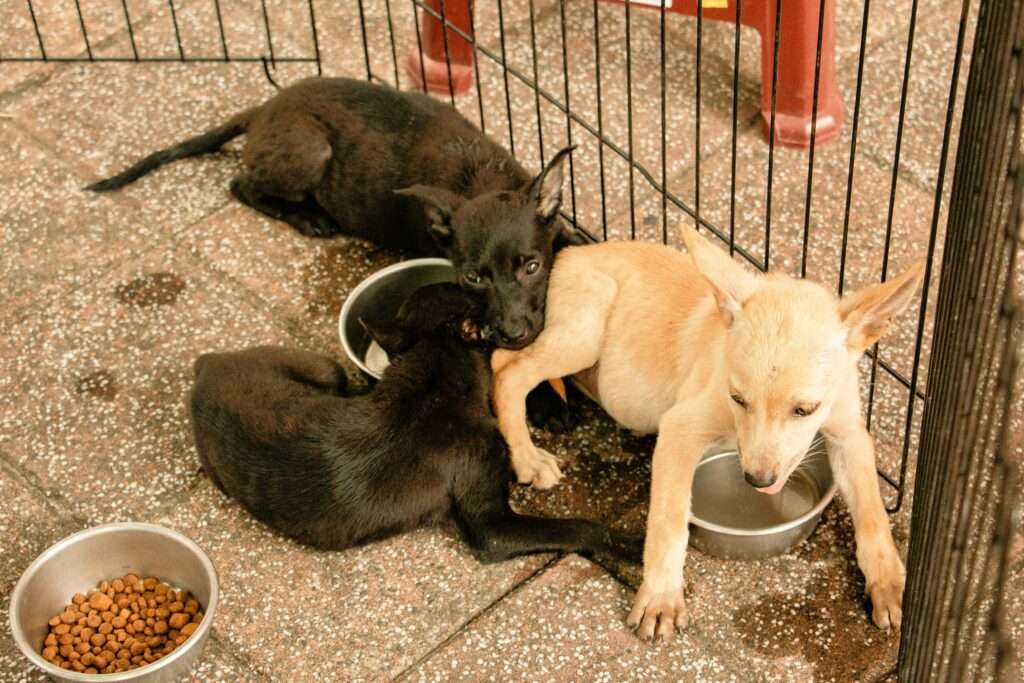
If you’re switching your dog’s food, do it gradually to avoid stomach upset:
✔ Days 1-3: 75% old food, 25% new food
✔ Days 4-6: 50% old food, 50% new food
✔ Days 7-9: 25% old food, 75% new food
✔ Day 10: 100% new food
Watch for signs of digestive issues like diarrhea or vomiting. If problems persist, slow down the transition.
Final Thoughts: Feeding with Love & Care
Feeding your dog isn’t just about nutrition—it’s a daily act of love. By choosing the right food, feeding the right portions, and avoiding common mistakes, you’re setting your pup up for a happy, healthy life.
At the end of the day, the best diet is the one that keeps your dog energetic, maintains a healthy weight, and supports overall well-being. Always observe how your dog reacts to their diet, and consult your vet if you have any concerns.
🐶💕 What’s your dog’s favorite food? Let me know in the comments!



[…] Living for Your Dog Naturally Pawsome: Gentle Remedies to Keep Your Pet Happy & Healthy The Ultimate Dog Feeding Guide: Keeping Your Pup Happy & Healthy Understanding Bladder Cancer in Dogs: A Comprehensive Guide for Pet Owners Common Types of […]